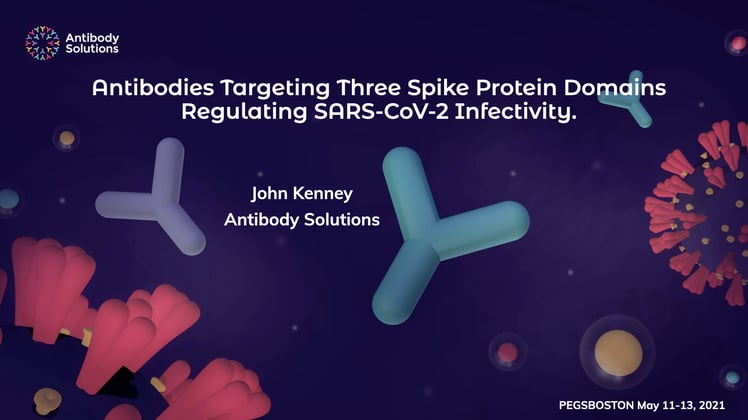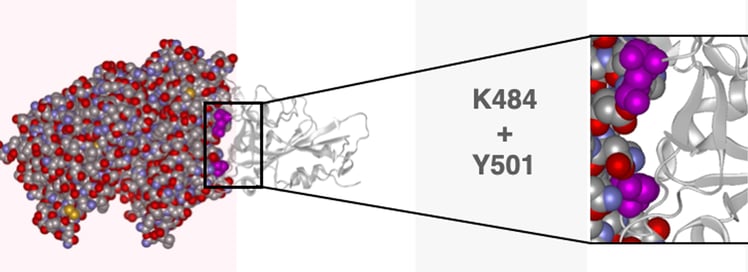Molecular Modeling
Predictive Insights Into Your Antibody Discovery
Predicting which antibodies will or will not bind to a specific target is a skill that doesn’t come easy. Although antibodies have the power to bind targets with high affinity and high specificity, understanding the precise atomic interactions that define the “lock-and-key” relationship between an antibody and antigen makes predictive modeling a very tall order.
Molecular modeling has advanced to a point where it is possible to obtain a realistic view of intra- and inter-molecular interactions not available through conventional lab instruments.
Today, 3D molecular modeling can predict the folding of proteins and atomic interactions within a protein or between two proteins, using amino acid sequences alone.
.png)
Generate Value From Molecular Modeling
With our molecular modeling capabilities and expertise, we can literally show you the shape your research should take. The structure of your target antigen can come into sharper focus through in silico modeling of antigen structures and even specific antigen/antibody interactions. These fresh insights have both clinical and financial value: Adding molecular 3D modeling to the mix reduces the time and cost of antibody discovery. Modeling can answer questions quickly, identify promising strategies, and save time and effort at the bench.
Leverage Our Variability in Approach
With a suite of advanced structural modeling services, Antibody Solutions can provide insights into antibody discovery for your project through:
-
Antigen Modeling
Assess the structure of target domains.
-
Antigen Design
Guide surrogate antigen synthesis, (i.e. peptides mimicking native protein domains).
-
Antibody Modeling
Identify CDR shape and solvent exposed residues.
-
Antibody/Antigen Docking
Identify critical antigen and antibody contact surfaces and residues.
-
Antibody/Antigen Epitope Analysis
Identify fine specificity of competitive antibodies.
-
Antibody Engineering
Improve affinity and cross-species antigen binding.
-
Antibody Developability
Assess sequence liabilities.
In keeping with our unwavering commitment to scientific rigor, modeling can be complemented by our build-and-test services such as antigen expression, analytical assays, protein chemistry, and recombinant antibody expression.
See if Our Research Moves You
You can learn more about the advantages of molecular modeling by downloading this poster: “Generation Using a Molecular Modeling Platform to Guide Therapeutic Antibody Discovery.”
Contact Us
The next time you’d like to get a clearer vision of the most efficient path forward for your research, just connect with us and we can explore our molecular modeling platform together.
Related Resources

5 min read
The Delta Variant Furin Domain Mutation Favors Greater Infectivity
The Delta variant has quickly become the predominant strain of SARS-CoV-2. Based...

2 min read
Original Research: Targeting Three Spike Protein Domains Regulating SARS-CoV-2 Infectivity
Like our research colleagues across the entire global scientific community, our ...

3 min read
Modeling the Impact of the UK and South African Strain Mutations
Mutations Found in the South African and UK COVID-19 Virus Strains Improve the S...

